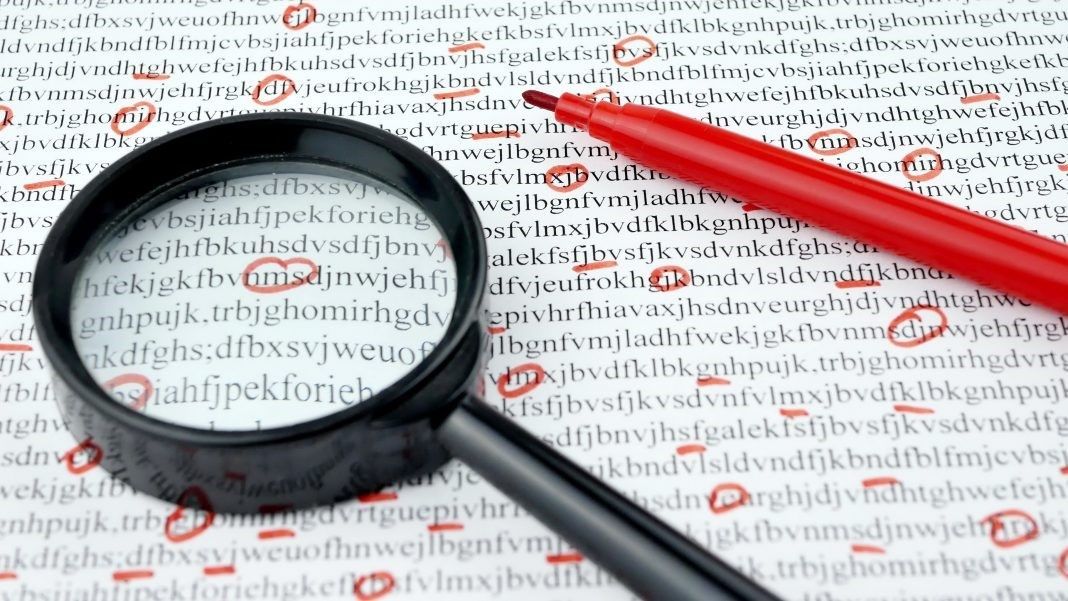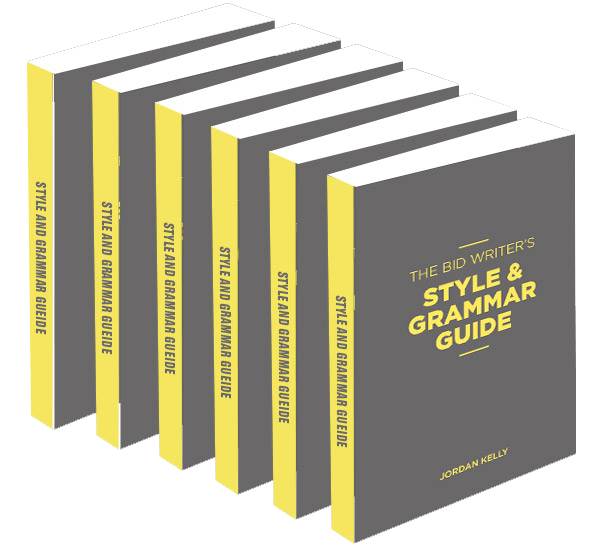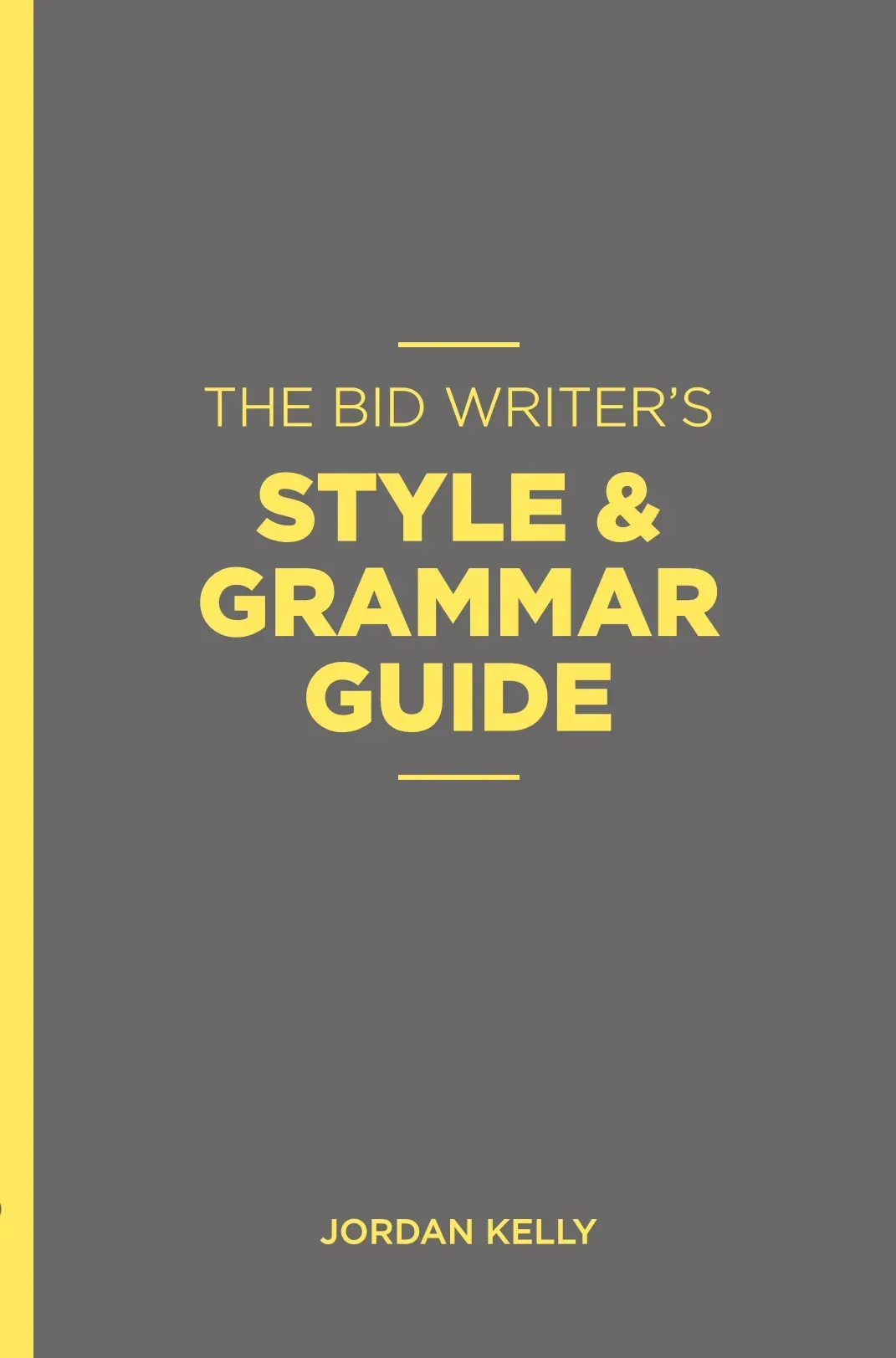CATEGORIES:

With grammatical standards slipping badly in today’s digital/electronic communications-driven society, there’s been an unfortunate flow-on effect in the quality of written presentation in bids i.e. responses to Expressions of Interest (EOIs), Requests for Tender (RFTs), Requests for Proposal (RFPs), and the like.
Many years ago, when I was a fresh-from-high-school cadet reporter, my subeditor (the unsmiling, could-never-be-pleased 6’4″ ”Mr G”) forged my fledgling news-writing and editorial standards by constantly drumming into me:
“Make your writing understandable to the lowest common denominator within the readership. Make your grammar acceptable to the highest common denominator.”
I write frequently on the first part of the fearsome Mr G’s admonition. However, writing – as I do – for a predominantly mid to senior level audience, I rarely write in regard to the second part of the admonition.
But now, with the rapidly declining standards I’m observing both in everyday corporate communications and in bid-related documentation, it’s time to bring the issue out of the closet.
Before I do, let me make this point:
For every section author or subject matter contributor that considers this degree of concern reflective of “anal retentiveness”, there’s a reader (and possibly a multiple thereof) that considers the correct use of grammar reflective of a basic fifth grade education.
Which of these two opposing viewpoints do you think is most likely to be represented on evaluation and supplier selection committees in the case of high-value bids?
I sincerely hope you answered in favour of the latter (age factors alone would suggest this).
This, then, is your “highest common denominator” reader . . . and his or her opinion of your organisation’s grammatical standards stands to directly flavour the credibility he or she attaches to your submission.
Subconscious Judgements Aplenty
At the most basic and overt level, a bid writer’s incorrect use of grammar might render some aspects of your EOI or RFP response, or your proposal, ambiguous or otherwise unclear to an evaluation team.
At the more subconscious level, it’s possible the evaluators could make an unfavourable judgement about your organisation’s propensity for attention to detail in its service delivery or other aspects of its after-sales performance (including communication).
If so, they could be forming a hard-to-change opinion about the frustration your people are likely to visit upon their people in your organisation’s ongoing relationship with them.
And somewhere towards the centre of the spectrum of concern is the certainty that the evaluation panel will be questioning the overall professionalism of your enterprise in general.
And all for the want of the exercise of leadership in your standards of written communication.
So, is it worth taking a stand against today’s trend towards the relaxation of conventional grammatical standards? Is it worth demonstrating leadership in this regard? And, if so, is it worth making certain these high standards are firmly evidenced by the quality of your bid, tender and proposal documentation?
I vote “YES”. (Mr G may be watching.) How do
you vote?
THE BID WRITER'S STYLE & GRAMMAR GUIDE
(Book)
This reference and tuition manual has been written both for the professional bid writer and for those subject matter experts contributing submission content.
While first and foremost a “style and grammar guide”, I have taken the opportunity to also provide tuition on many other aspects of effective bid-writing - including the basic principles of strategy, as the essential foundation of a high-quality proposal.
Exercised diligently, these core principles and practices will see you produce not only grammatically correct and highly readable, but also strategic and compelling, submissions.
THE BID WRITER'S STYLE & GRAMMAR GUIDE

(Six-Pack)
Your organisation’s credibility hangs on the quality of your writing and the standards it reflects.
Used diligently, this 196-page, high-quality paperback production will ensure the highest degree of grammatical diligence in your submissions, along with a consistent, professional writing style throughout.
Available individually or as a six-pack
(6 for the price of 5).



